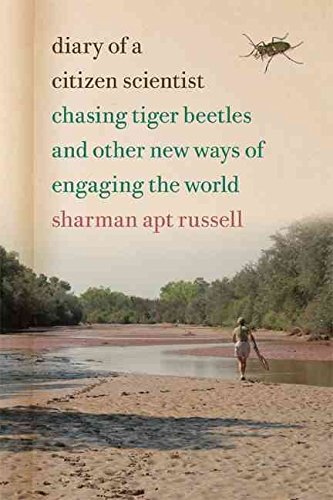What do you think?
Rate this book


Paperback
First published October 1, 2014
The nature-lover is not looking for mere facts, but for meanings, for something he can translate into the terms of his own life. He wants facts, but significant facts—luminous facts that throw light upon the ways of animate and inanimate nature.
"This is renaissance, your dentist now an authority on butterflies... This is revolution, breaking down the barriers between expert and amateur, with new collaborations across class and education. Pygmy hunters and gatherers use smartphones to document deforestation in the Congo Basin. High school students identify fossils in soils from ancient seas in upstate New York. Do-it-yourself biologists make centrifuges at home. This is falling in love with the world, and this is science, and at the risk of sounding too much the idealist, I have come believe they are the same thing."
"...I feel a joy here. I feel that brightness in the veins, in the chest," Russell writes on her first collecting trip searching for tiger beetles, third-of-an-inch-long carnivores that feed as ferociously as lion packs. "I have a purpose here, surrounded by water, by light. I put down my pack with its bear spray and collecting boxes and sandwich, and I feel light and easy, and I swing my collector's net just a little, like a flag."
"You can transform yourself in a variety of ways... You can do public good—add to scientific knowledge, monitor changes in the environment, promote better policy—even as you roam your private paradise, whatever and wherever that is, collecting treasure and bringing it home: crumbling seed pods, feathers in your hair, clouds in your pocket."
The volunteer at the visitor center explains how to use the spray, although I can't imagine having the wherewithal to fumble in my backpack (I've had wrestling matches with my purse that border on domestic violence), get out the can, unlatch the lever, and aim for the eyes. But I listen politely. Cock here. Pull back. Later you can use the bear as a flotation device. (p. 20)